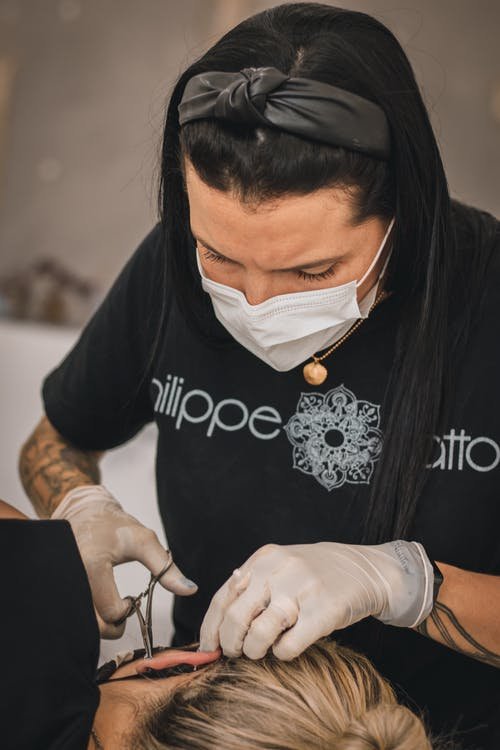While different areas of the body can be and are, pierced ear piercings are performed by an overwhelming majority of people globally.
While some make fashion statements through their piercings, in other cultures, it is a rite of passage.
However, despite their prevalence, ear piercings also carry risks with them. Notwithstanding the pain and discomfort posed by it initially, ear piercings can also lead to some more serious problems that then merit treatment from your doctor at South City Hospital.
Risks of ear piercings
Allergic reaction
It is possible that you get a reaction to the earring being used. Essentially, at the beginning, the temporary earring is made from cheap materials like Nickle, that can then cause an allergic reaction.
Symptoms of allergic reaction include dry and scaly skin alongside relentless itching. Medication is often prescribed to moderate the symptoms of the reaction.
Earlobe infection
Since ear lobe has greater blood supply and is fleshier and so hurts less, but it can still become infected during its healing period of around 6 weeks. In case of mild infection, the issue is not that grave. It generally resolves easily.
However, the infection can also become worse, which includes symptoms like pus-like yellow discharge from the hole, redness to the region and even bleeding. Some people may also get fever from the infection.
The infection can also become serious if there are problems with the earring; if it gets stuck in the ear, it posits greater danger. Signs of infection turning serious is the hole closing up, formation of abscess and even the infection spreading to the rest of the ear.
Most of the infections then either need oral antibiotics for treatment, or the doctor might also prescribe topical ones as well. Hence, take timely action.
Cartilage infection
Not just the lobe, but the cartilage piercing is also a popular demand. It can be at the top of the ear, or inside the ear as well. As cartilage gets relatively lesser blood supply, it takes more time to heal; recovery may take months or even an entire year.
The infections pertaining to cartilage are more common, as opposed to the lobe. Symptoms of cartilage infection include fever, bleeding and swelling of the region.
They are also more serious and can even lead to more complications; they can cause perichondritis, which is a type of skin infection that if not treated, can also affect the rest of the body.
Most cartilage infections also get better with the use of antibiotics.
Skin issues
Piercings can also lead to skin problems as well. One issue that can arise is Keloid scarring, which is essentially the overgrowth of the scar tissue. It may require use of different techniques like laser therapy, radiation therapy, topical application of creams and even surgery.
Similarly, skin infection like perichondritis can also be caused due to the piercing. Most often, skin infections can be controlled by topical antibiotics.
There is also a risk of traumatic tearing of the skin if the earring gets caught in something and then gets tugged at, leading to tearing that may even require stitches for repair. The level of repair is obviously contingent on the extent of the tearing.
Preventing the issues
You can take steps to reduce the problems that occur on account of ear piercings. Some things to do in this regard include:
Choose a clean place
Make sure that the place you are getting the piercing is clean and safe. The equipment used should be sterilized. The person piercing should clean their hands and wear gloves.
Taking care of the piercing
Take care of the piercing by cleaning it daily. Don’t touch it or remove it before the ear is healed.
Vising your doctor
At the first sign of infection, visit your ENT specialist in Islamabad, otherwise, the issue might become complicated or the infection might spread.

